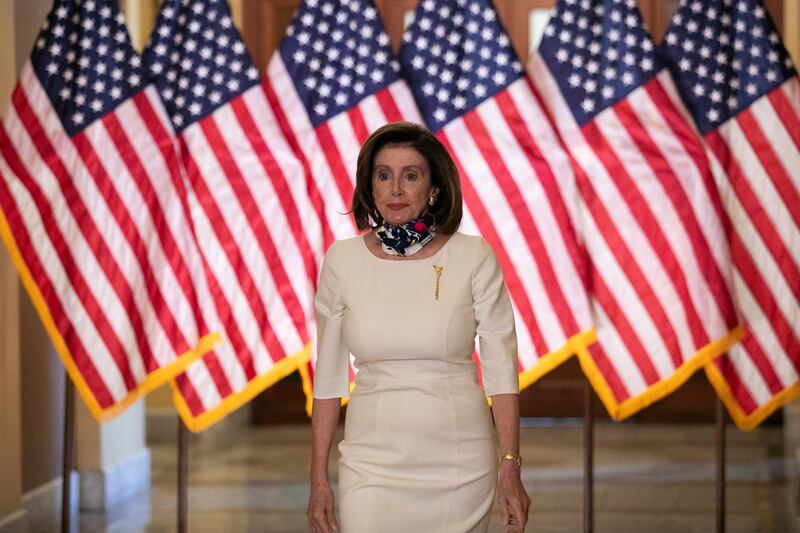Congress so far has passed four relief packages in response to the coronavirus pandemic. Each has had bipartisan support and was seen as essential to help people and businesses suffering from an emergency that was beyond their control.
The fifth one, however, has been pushed by House Democrats with virtually no buy-in from Republicans. The bill is roughly 1,800 pages long and would add $3 trillion to a national debt that already is ballooning out of sight.
Plenty of people remain in need of help due to coronavirus-related layoffs, furloughs and related economic distress. A further relief package, complete with another round of stimulus checks to Americans, may be called for, but we wish Congress would be bipartisan and more narrow in its approach, helping those most in need rather than sending money to rich and poor alike.
The relief package must reflect the concerns of both major political parties in order to be representative of the will of the people. It does no one any good for Democrats to push a massive bill they know won’t be considered by the Republican-controlled Senate, and that ultimately would be vetoed by the president. That isn’t a serious effort.
In addition, Americans ought to grow concerned about Washington’s seeming willingness to throw massive sums of money about with little oversight. Earlier relief packages led to reports that checks were mailed to people who were deceased, while many other people have yet to receive a check. Some people suspect the IRS is delaying checks to people whose regular tax returns are under review.
In one well-reported case, a wealthy British citizen in London received a stimulus check. How many sloppy mistakes have been made in business loans or other parts of relief efforts?
Now that the pandemic has disrupted the economy for two months, why not direct money to the people and businesses who need them most, or who earn below a certain threshold? The House bill also includes bailout money to states without much oversight.
Significantly, the need for universal stimulus may diminish in parts of the country as economies reopen and at least some jobs are reclaimed. In these circumstances, a targeted approach makes the most sense, allowing private investment to spur real economic growth again.
Also, earlier efforts were generous enough to act as a disincentive for some service workers to return to work. In many states, this is now counterproductive as businesses try to reopen.
Underlying these discussions must be an awareness of the nation’s growing national debt. Politicians seem to be enamored by a vague understanding of the philosophies of economist John Maynard Keynes, who championed demand-driven macroeconomics in the 1930s and argued in favor of deficit spending during economic downturns.
The problem, however, is that Washington, prior to the pandemic, had engaged in excessive deficit spending during what arguably was the strongest economy in the nation’s history. That’s not Keynesian. While deficit spending has not yet led to uncontrolled inflation or a lack of confidence in the dollar, the national debt, now at $25.2 trillion and growing, demands payments on interest and is a drag on economic growth.
If you haven’t kept count of the money spent so far, the nonpartisan Committee For a Responsible Federal Budget has. It provided a breakdown earlier this week. The Federal Reserve has authorized $5.5 trillion in bank guarantees and other economic support, of which it has spent about $2 trillion. Congress and the president have authorized $3.6 trillion, of which $1.4 trillion has been spent or committed. And President Trump has authorized about $400 billion through executive orders.
The late Sen. Everett Dirksen was attributed, rightly or not, with saying, “A billion here, a billion there, and pretty soon you’re talking real money.”
It would be ridiculous to think such overspending comes with zero consequences. The least Washington can do now is make sure it helps the people who need it most.

